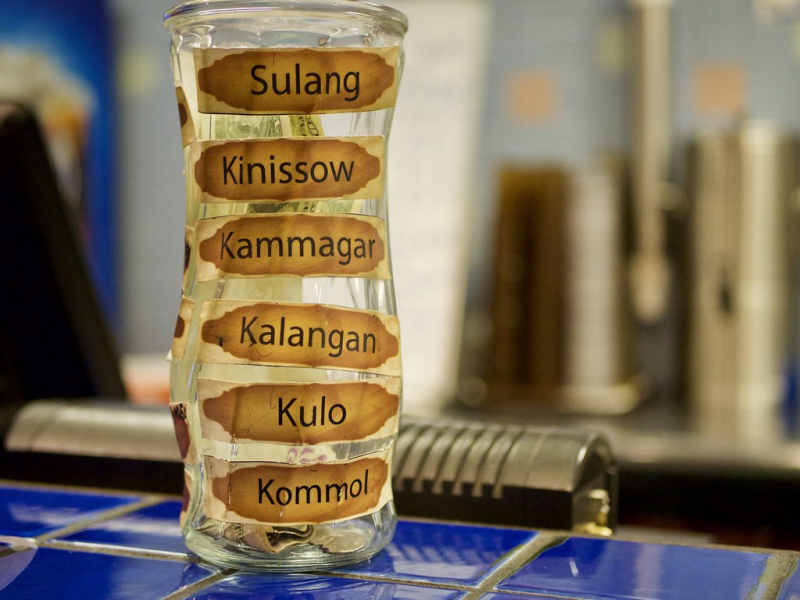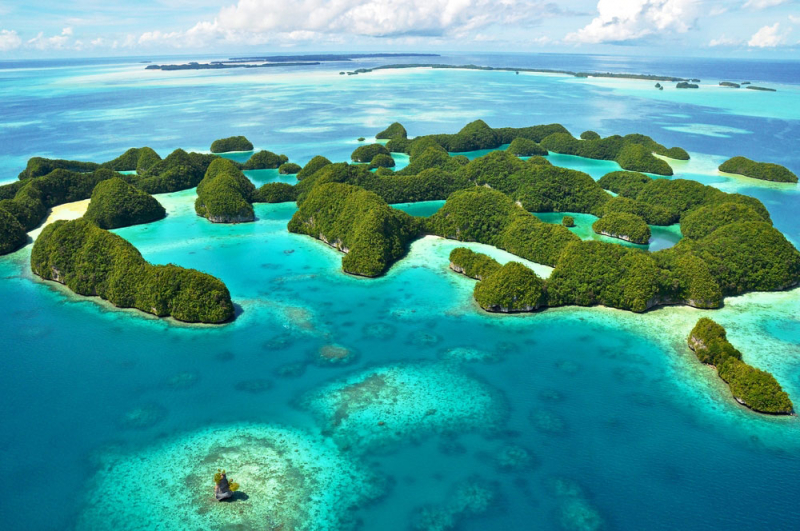Languages and initial settlement
Even though it is certain that humans originally inhabited Micronesia between 3,500 and 2,000 years ago, the region's archaeological explorations have been constrained by the challenge of conducting excavations on tiny, heavily populated islands with frequently storm-devastated landscapes. So far, linguistic research has shed more light on the history of early colonization than has archaeology.
For instance, Austronesian languages spoken in Melanesia to the southeast are closely linked to the languages of eastern and central Micronesia. The languages spoken in the west, notably in Yap, the Marianas, and Palau, are not strongly linked to one another or to languages spoken in the east. These westernmost islands of Micronesia appear to have been populated by people from the Philippines and Indonesia.
The vast cultural diversity of the area can be seen in the enormous number of mutually incomprehensible Micronesian languages. Nauru, the Gilberts, the Marshalls, Kosrae, Pingelap, Mokil, Pohnpei, Ngatik, the Mortlocks, Chuuk, the Puluwat area, the Woleai area, Yap, Palau, and the Marianas are among the islands where the languages are mutually incomprehensible. The above list of languages has been referred to as "nuclear Micronesian" since the languages from the Marshalls and Gilberts through the Woleai region appear to be more closely related to one another than to the other languages.
Despite being plainly Austronesian in their broad affiliation, the languages of Palau, Yap, and the Marianas are somewhat unique from one another and from other Micronesian languages. After more than four centuries of interaction with the West, the Marianas' Chamorro language has absorbed a lot of Spanish and presumably also some Philippine Tagalog.









